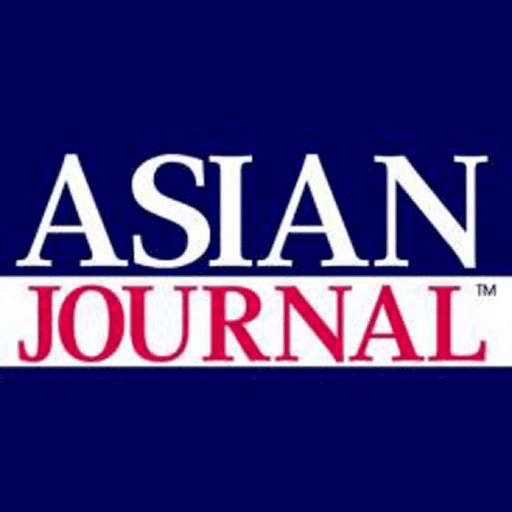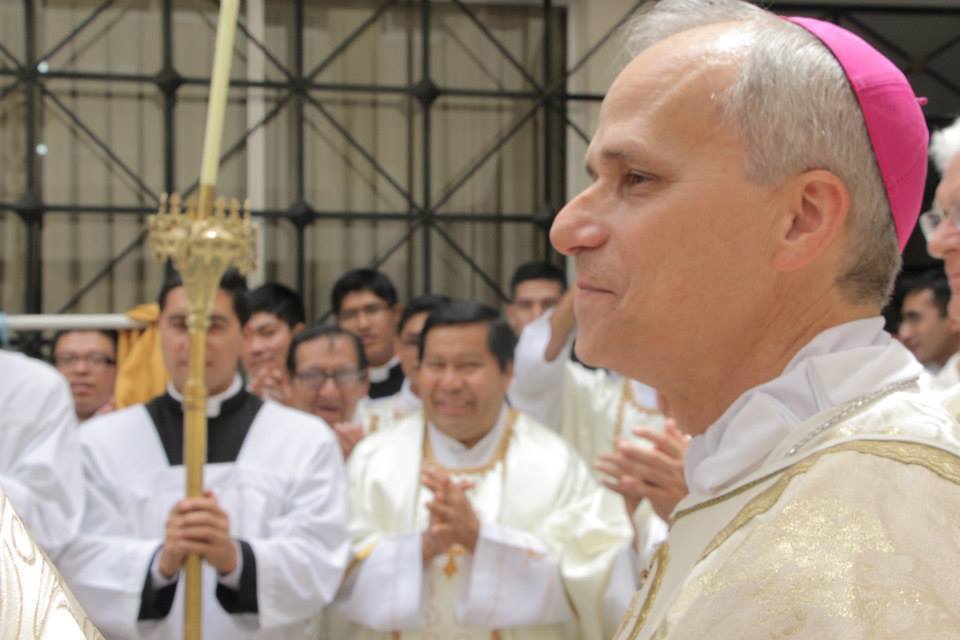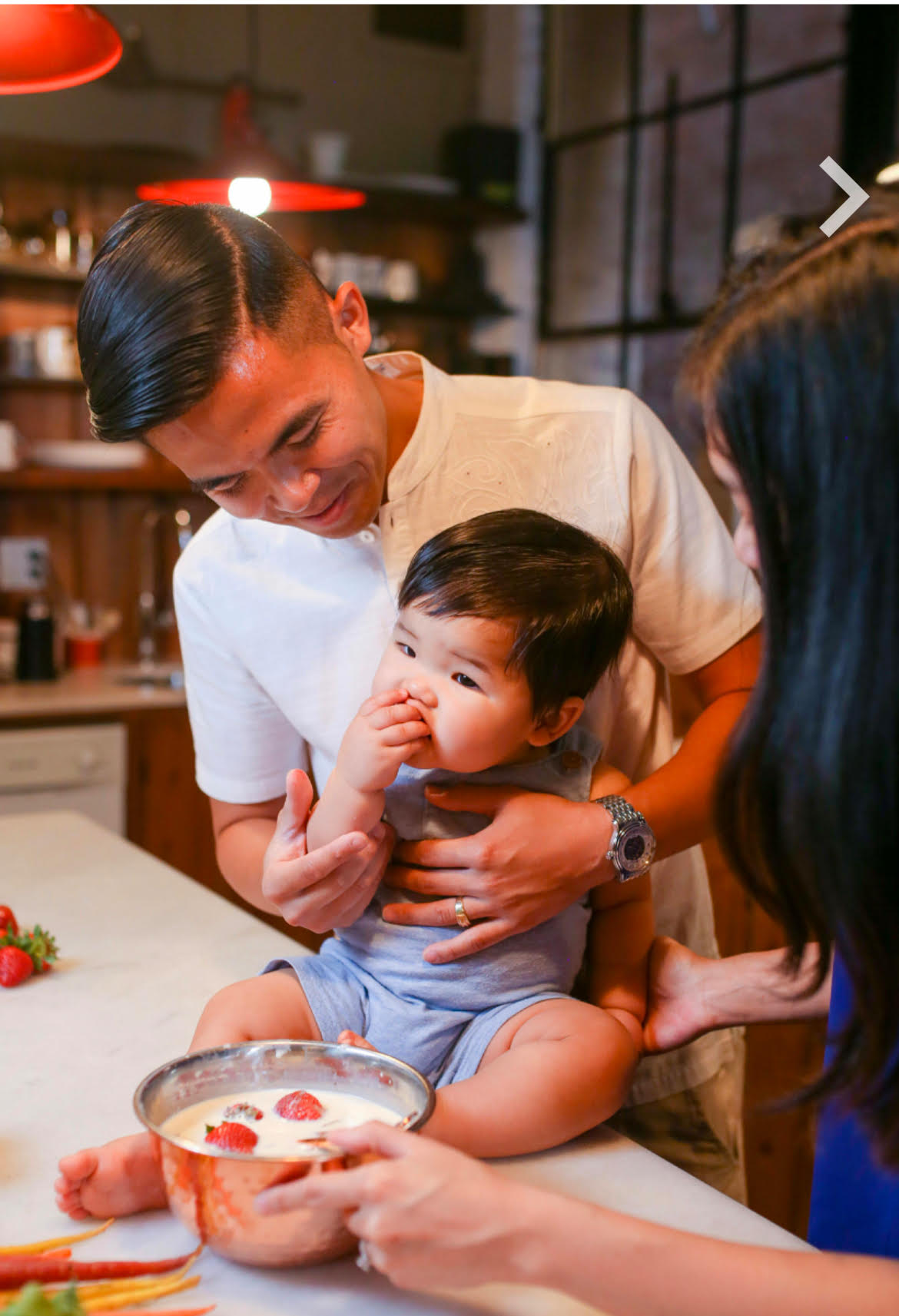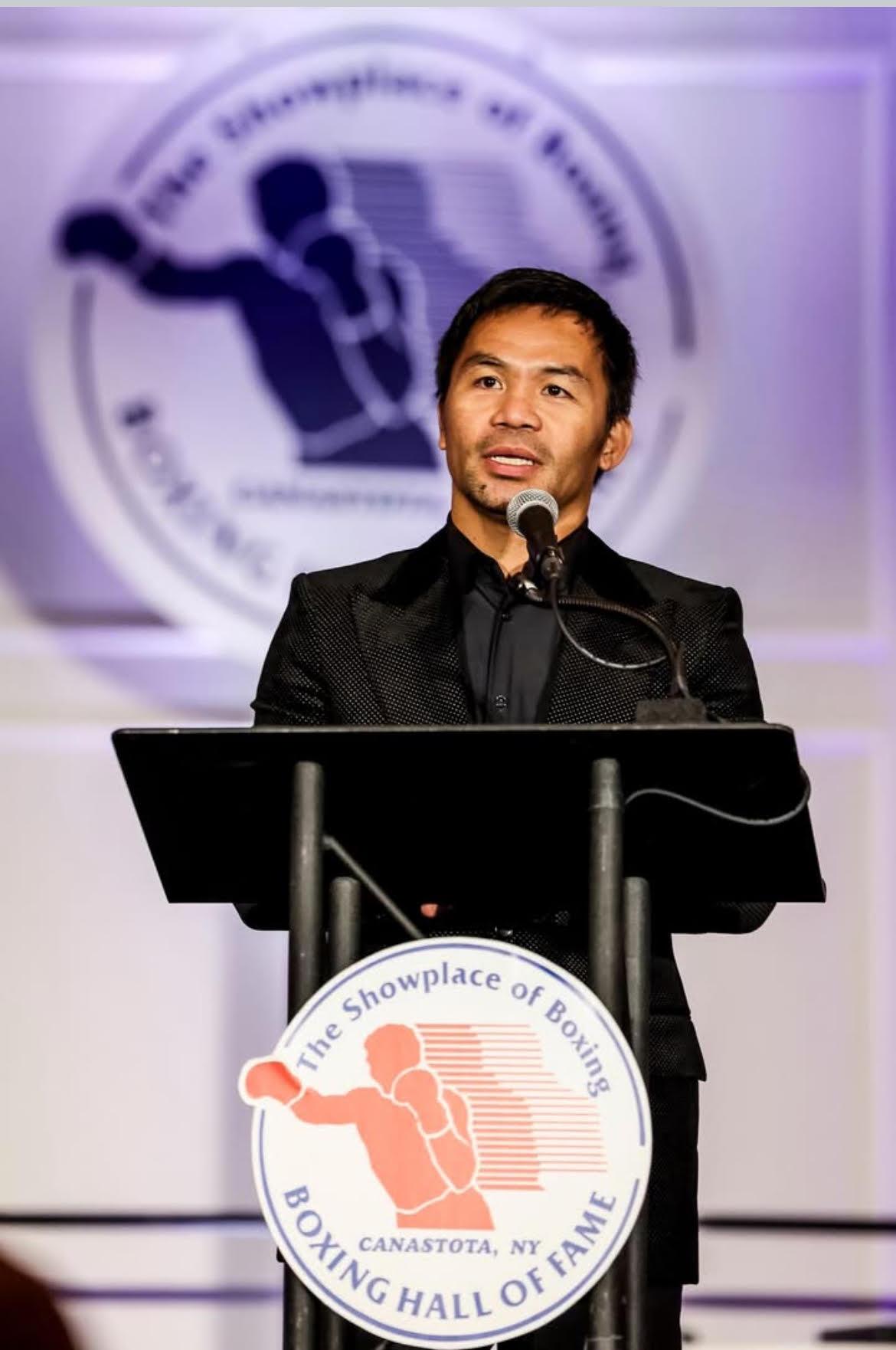PHOTO CREDIT : By Frayjhonattan – Own work, CC BY-SA 4.0, File:Robert Prevost.jpg – Wikimedia Commons
Amid fading cathedrals and fractured faith, the first American-born pontiff emerged from the margins, his journey shaped by silence, service, and a quiet vow to lead the Church through an age of uncertainty
Vatican City — The bells of St. Peter’s tolled as twilight softened the skyline of Rome. A plume of white smoke rose from the Sistine Chapel, spiraling into the evening air like incense. The crowd below, holding its breath through centuries-old ritual, erupted in cheers. Moments later, the Church proclaimed the words the world had waited for: “Habemus Papam.”
Stepping onto the balcony was a man of quiet bearing and missionary soul: Robert Francis Prevost, a son of Chicago, a friar of the Augustinian order, a bishop who had once walked the barrios of Peru. He would now be known as Pope Leo XIV—the first pope in history born in the United States, and the first from North America.
His election is historic not only for its geography, but its paradox. At a time when Catholicism in the United States and broader North America is dwindling in numbers, fractured by politics, and weakened by scandal and secularization, the Church has chosen a shepherd from its declining heartland to lead its universal flock.
He offered no grand proclamations, no thunderous calls to arms. He simply said: “Peace be with all of you.” And in that moment, it was the stillness that spoke.
From Midwestern Order to Missionary Heart
Born on September 14, 1955, Robert Francis Prevost was shaped by the sturdy values of his French, Italian, and Spanish heritage, and by a household where education and faith went hand in hand. His father, Louis Marius Prevost, served as a public school principal and superintendent. His mother, Mildred Martinez, was a librarian who nurtured in her children a reverence for books—and silence.
After earning a degree in mathematics from Villanova University, Prevost chose not the path of calculation, but of contemplation. In 1977, he entered the Order of Saint Augustine, where intellect and inner life are given equal weight. He would take solemn vows in 1981 and be ordained in 1982.
His academic journey took him to Rome, where he earned a Licentiate and Doctorate in Canon Law at the Pontifical University of Saint Thomas Aquinas. Yet Rome was not his destiny.
The Streets of Peru, the Lessons of Dust
He found his calling in Chiclayo, Peru—not in high pulpits or theological salons, but in chapels with crumbling walls and hearts worn thin by poverty. For nearly two decades, he served as parish pastor, teacher, counselor, and judicial vicar. He spoke fluent Spanish. He walked the neighborhoods on foot. He buried the nameless and baptized the hopeful. In the eyes of many Peruvians, he did not represent Rome; he represented Christ.
In 2001, his quiet leadership was noticed. He was elected Prior General of the Augustinian Order, overseeing the order’s presence in more than 40 countries. During his twelve years of leadership, he avoided drama, navigated global diversity, and led from conviction rather than charisma.
The Reluctant Statesman
Returning to Peru in 2014, Prevost was appointed Apostolic Administrator of Chiclayo, and later became its bishop. His focus was formation, integrity, and solidarity with the poor. He also served as Vice President of the Peruvian Bishops’ Conference, where his blend of pastoral concern and theological clarity made him a respected figure.
In 2023, he was called back to Rome—not for glory, but for governance. As Prefect of the Dicastery for Bishops, he helped shape the episcopacy of the global Church, selecting leaders not for political alliances, but pastoral fidelity. Later that year, he was made a cardinal by Pope Francis.
An American Pope for a Church in Global Transition
That an American would rise to the papacy might once have seemed implausible—if not politically sensitive. But Cardinal Prevost was not chosen for nationalism or novelty. He was chosen for his soul.
Yet the symbolism is striking. He is the first pope born in a land where Catholic cathedrals once bustled, and now sell their pews. Where Mass attendance declines even as megachurches swell. Where many who once knelt at altars now scroll through belief with indifference or suspicion.
At a time when North America bleeds the faithful, it offers the Church a pope.
In this contradiction lies a kind of providence. Perhaps his life, marked by listening rather than performing, by presence rather than platform, is exactly what is needed.
A Papacy Not of Show, but of Substance
Emerging from the conclave with the name Leo XIV, he placed himself in continuity with Leo XIII, whose 19th-century teachings on labor, dignity, and social justice remain foundational. But Pope Leo XIV brings a missionary’s memory and a friar’s soul. His first act was to bless, not to speak. His first message was peace, not agenda.
In the eyes of many, his papacy begins not with spectacle, but with quiet conviction — a steady hand and a renewed vow to shepherd the Church through the complexities of a changing world.
BIOGRAPHICAL SNAPSHOT: POPE LEO XIV
Birth Name: Robert Francis Prevost
Born: September 14, 1955 – Chicago, Illinois, USA
Ethnic Roots: French, Italian, Spanish
Education:
B.S., Mathematics – Villanova University
Master of Divinity – Catholic Theological Union
Licentiate & Doctorate in Canon Law – Pontifical University of Saint Thomas Aquinas, Rome
Religious Order: Order of Saint Augustine
Missionary Service: Chiclayo, Peru (1985–2000s)
Prior General: Order of Saint Augustine (2001–2013)
Bishop of Chiclayo, Peru: 2014–2020
Prefect of the Dicastery for Bishops: 2023
Created Cardinal: 2023 by Pope Francis
Elected Pope: May 2025
Papal Name: Leo XIV






